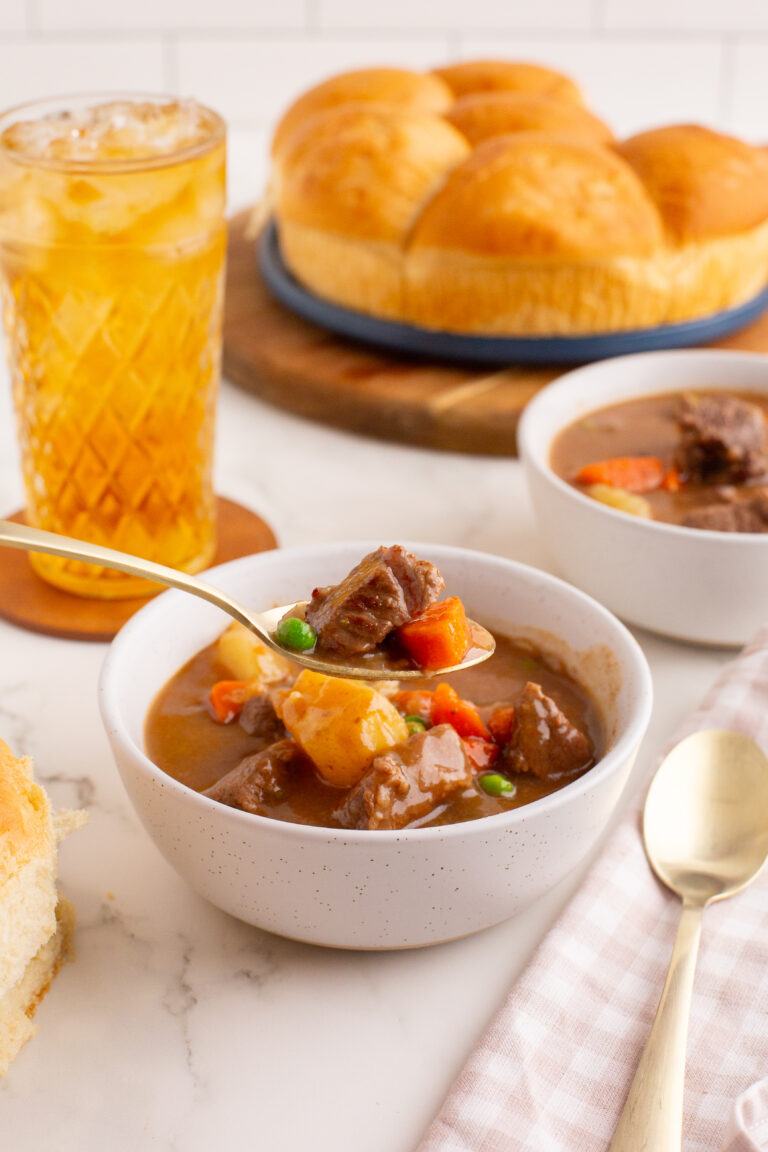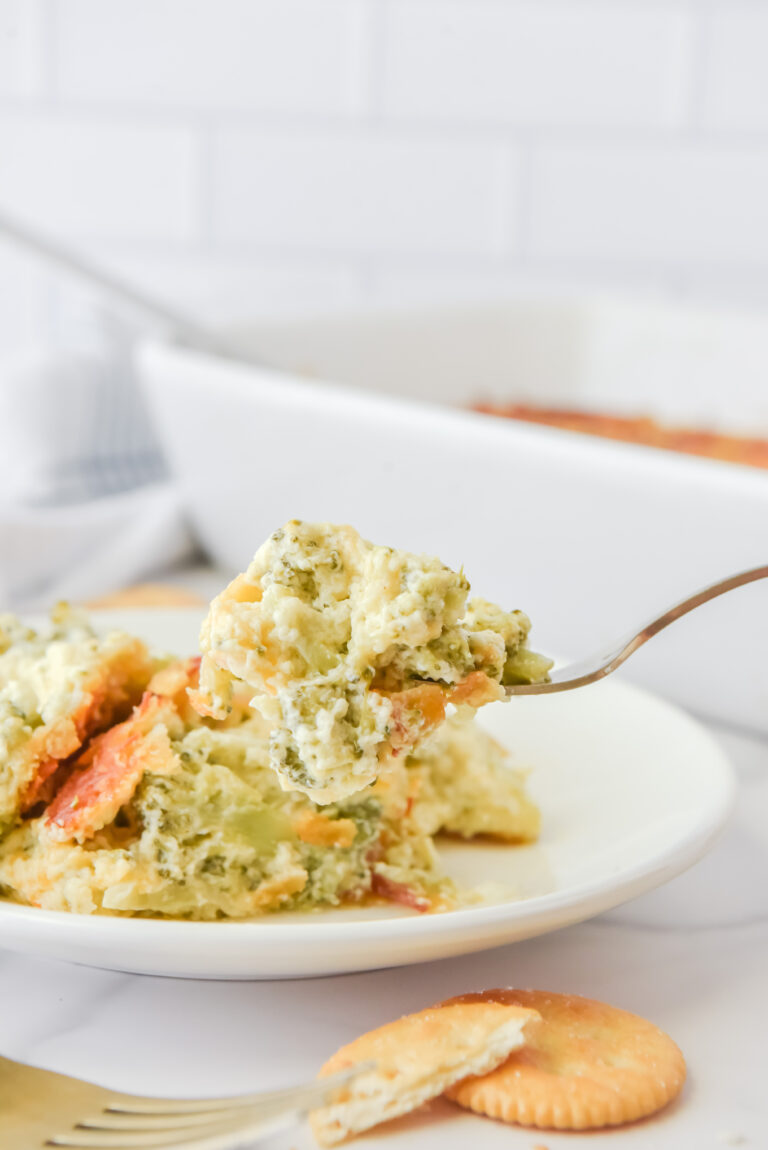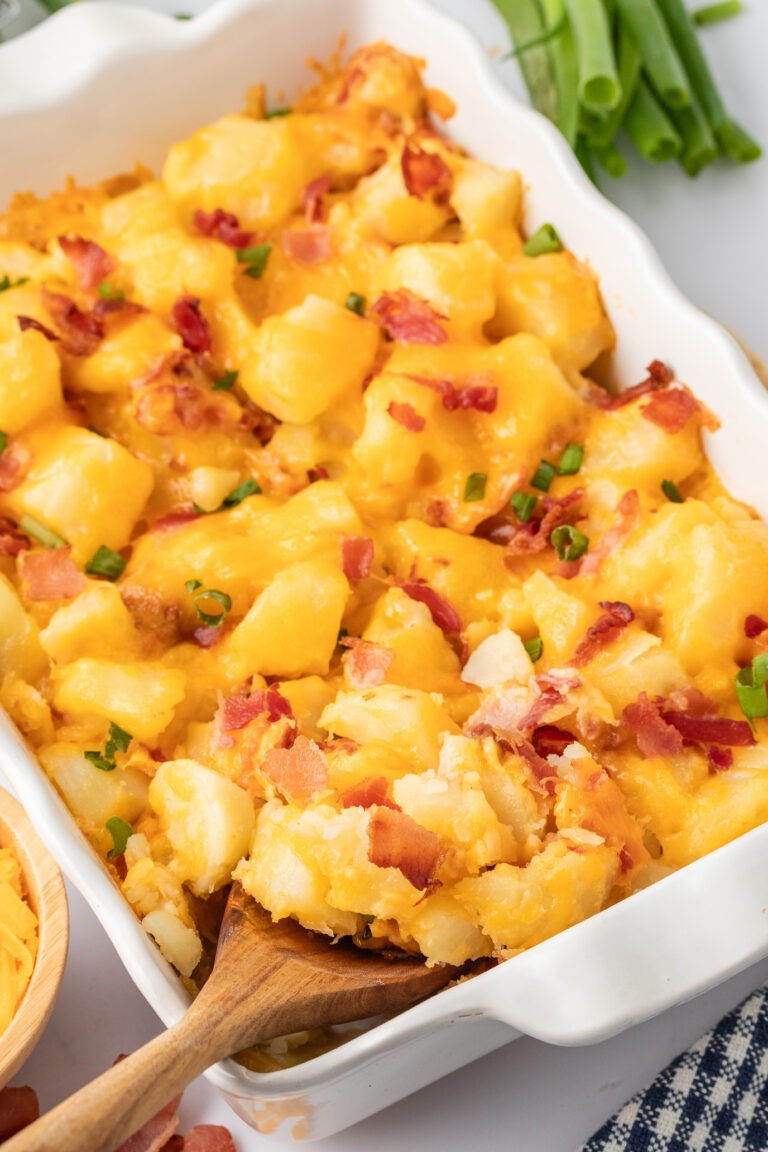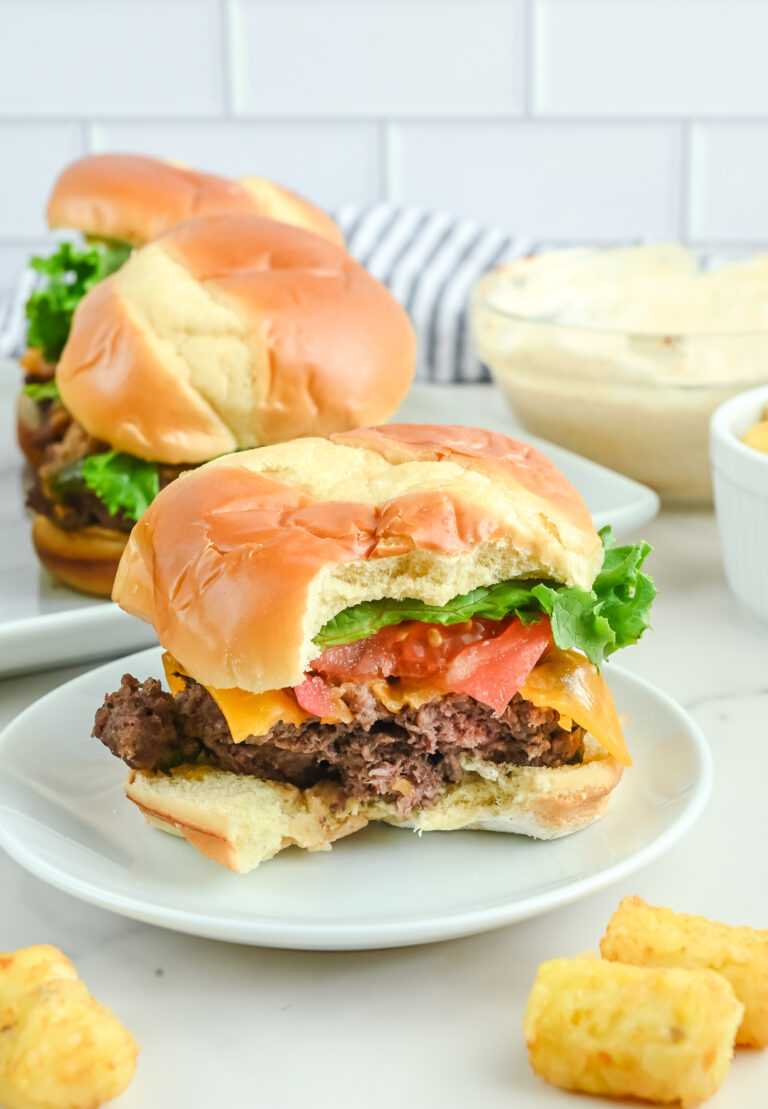New York Strip vs Ribeye: What is the Difference?
When it comes to steak, choosing the right cut can make all the difference. And two of the most popular options are the New York strip and the ribeye steak.
But how do you decide between these two delicious cuts of beef, and what is the difference?
To help you out, I’ve put together this guide comparing the taste, texture, and tenderness of both so you can determine your ultimate steak preference.
Rich Flavor in Different Cuts
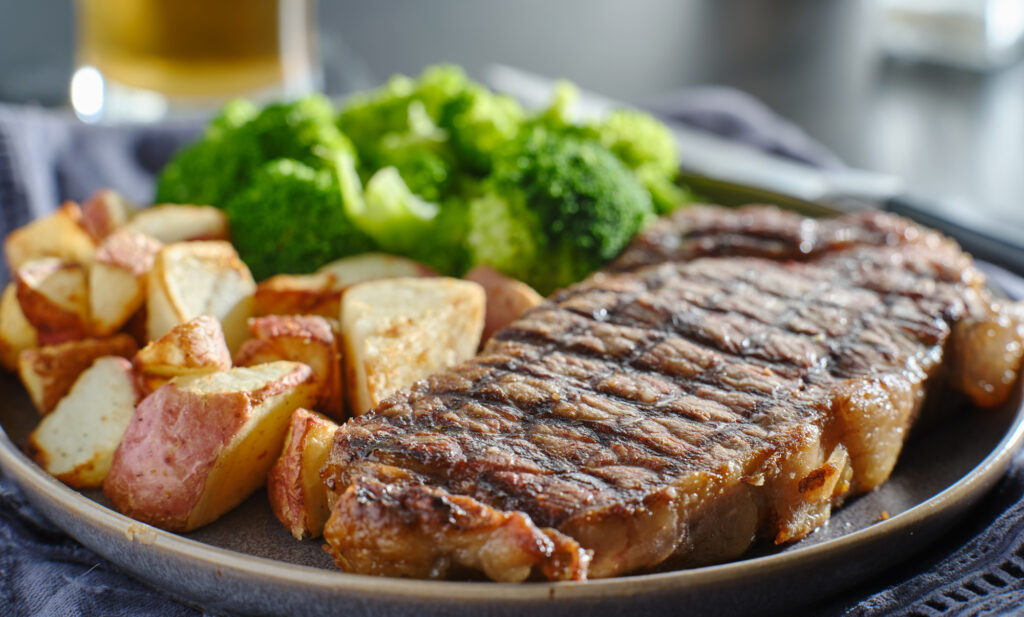
The New York strip and ribeye come from different parts of the cow, which affects their fat content and flavor.
The New York strip comes from the short loin, a leaner cut of meat with a firmer texture. It has a strip of fat running along one side, which provides some flavor but not as much as the ribeye.
The ribeye, on the other hand, comes from the rib section of the cow and has a higher fat content, giving it a beefier flavor and a more tender texture.
But taste, tenderness, and texture aren’t the only things to consider when choosing a steak. Your personal preference and cooking method can also play a role.
| Cut of Steak | Higher Fat Content | Lower Fat Content |
|---|---|---|
| Ribeye | Delmonico steak, Spencer steak | |
| New York Strip | Kansas City Strip, strip loin steak |
Understanding the New York Strip and Ribeye Steaks
When it comes to steak, the variety of cuts can be overwhelming. Two of the most popular cuts are the New York Strip and the Ribeye.
While both come from the rib section of the cow and the longissimus dorsi muscle, they have some distinct differences.
The Ribeye is sometimes known as the Delmonico steak or the Spencer steak and is often heavily marbled with fat and has a thick band of fat on one side of the steak, known as the fat cap. This cut has a higher fat content, which gives it a beefy flavor and makes it more tender.
The New York Strip is also known as the Kansas City Strip or the strip loin steak. It has a tighter texture and lower fat content, resulting in a meatier, firmer taste.
Both steaks have connective tissues, but the Ribeye has more spinalis muscles, which are softer and chewier, while the New York Strip has a firmer texture due to its tighter muscle fibers.
When cooking the steaks, it’s important to consider their differences in fat content and meat texture to achieve the desired level of doneness.
Using a meat thermometer is recommended to ensure that the internal temperature of the steaks reaches the recommended temperature for safety and taste.
Other popular cuts of steak include the Porterhouse steak, which includes a New York Strip and a tenderloin steak, and the sirloin steak, which is a leaner cut of beef.
Each cut has its own unique characteristics and is suited to particular cooking methods and personal preferences.
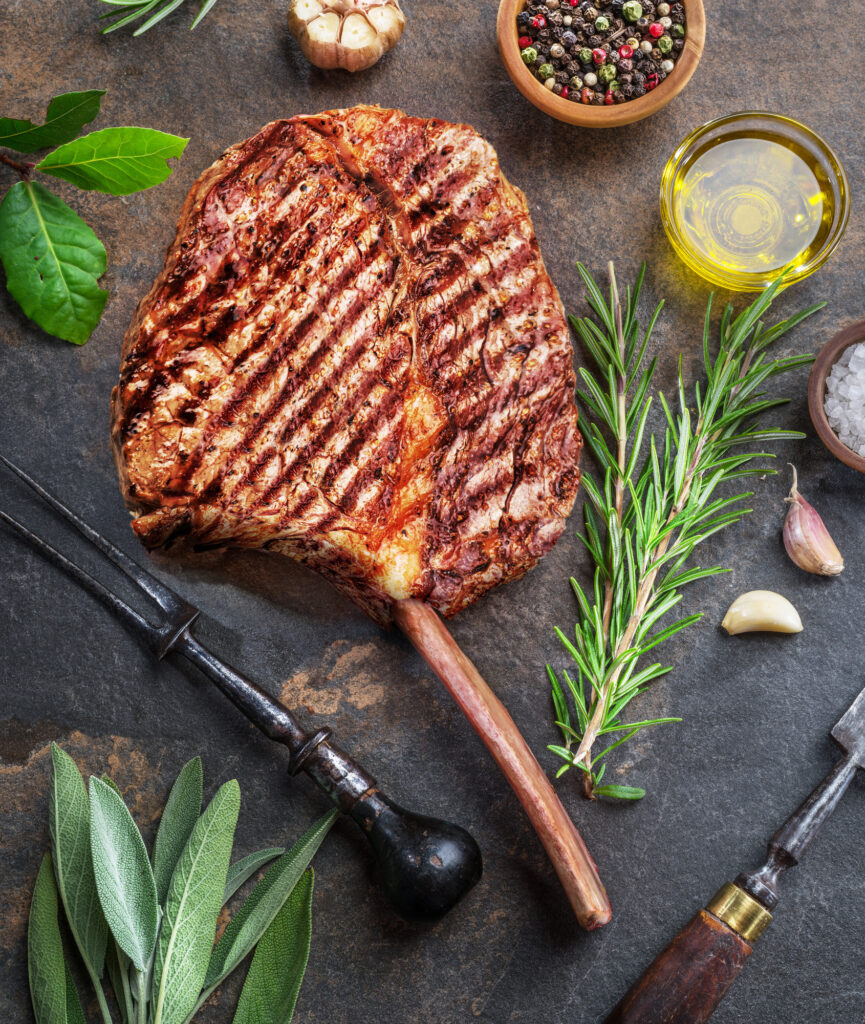
The Importance of Fat Content and the Reverse Sear Method
The amount of fat in a steak determines much of its flavor and tenderness. For those who prefer a richer, more marbled steak with intense flavor, a Ribeye or other fatty cut is a great choice.
However, for those who prefer a leaner cut of beef, a New York Strip or another lean cut, such as a skirt steak, might be a better option.
One popular cooking method for steaks is the reverse sear method, which involves cooking the steak at a low temperature until it reaches the desired internal temperature then searing it at high heat for a short time to create a crispy crust on the outside.
This method works particularly well for thicker cuts of steak like the Tomahawk steak or the Scotch fillet.
Choosing Your Perfect Steak and Cooking Tips
- Choose the best cut of steak based on your personal preference.
- Cook steaks to the recommended internal temperature using a meat thermometer.
- Consider the fat content and meat texture when selecting a cooking method.
- Try the reverse sear method for a perfectly cooked, juicy steak.
Whether you prefer a Ribeye or a New York Strip, understanding the differences between cuts of steak can help you choose the best option for your taste and cooking preferences.
With the right cooking method and attention to detail, you can enjoy a great steak at home or at your favorite restaurant.
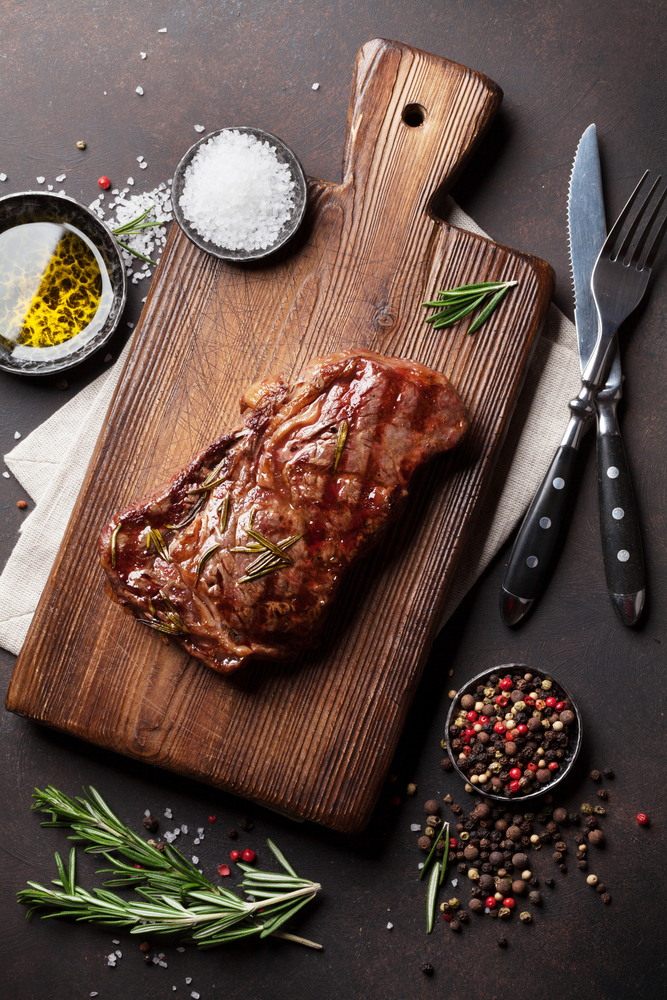
Identifying and Exploring Other Popular Cuts of Steak
Aside from ribeye and New York strip steak, there are many other popular cuts of steak to choose from, such as filet mignon, Spencer steak, Kansas City steak, scotch fillet, tomahawk steak, and skirt steak.
Each cut has its unique characteristics, including the amount of fat, the main muscle, and the texture.
For example, filet mignon is a lean cut of meat with little fat marbling and a very tender texture, while skirt steak is a flavorful cut with a tighter texture and requires high-heat cooking to achieve the best results.
Finding Your Favorite Cut of Steak
Whether you prefer a ribeye or a New York strip steak, or any other cut of beef, finding your favorite comes down to personal preference.
- Consider the price point when choosing a steak.
- Thickness of the steak and the amount of fat marbling when choosing your steak. Look for cuts with a thick band of fat on one side, which will melt during cooking and add to the flavor.
- For a good value, consider boneless ribeye.
- You can also try grass-fed beef, which has a more intense flavor and is lower in fat.
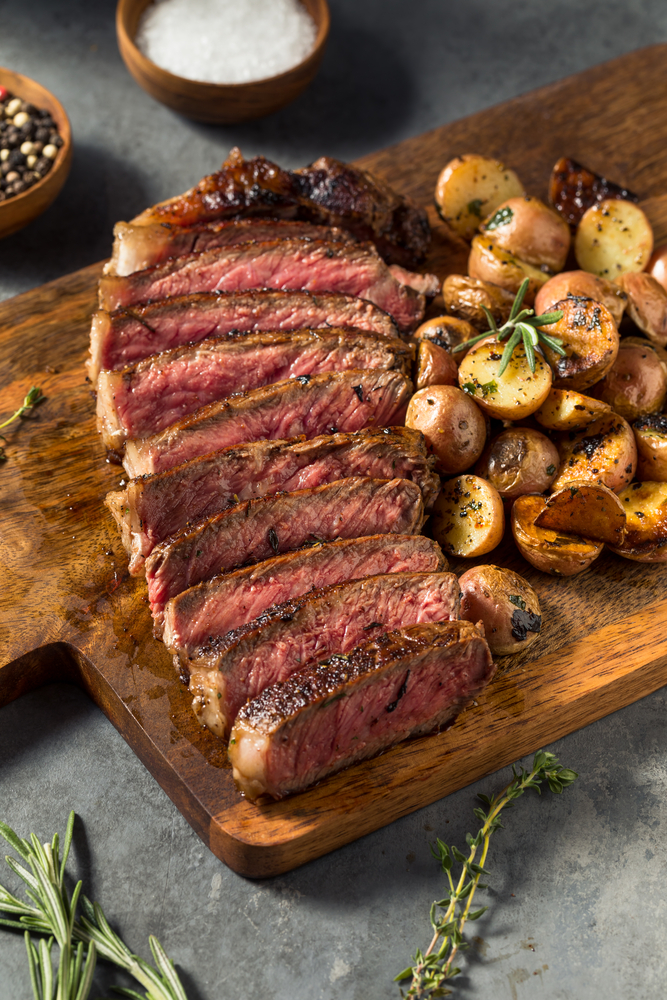
Cooking Steaks Perfectly Every Time
Cooking the perfect steak takes practice, but with the right techniques and attention to detail, you can create a flavorful and juicy steak every time.
- Let the steak rest for a few minutes before slicing it to prevent the juices from running out.
- Use a high heat source, whether it’s a grill or a cast-iron skillet, to create a crust on the outside and retain the moisture on the inside.
- And most importantly, choose your favorite cut of steak based on your personal preferences and enjoy every bite of a great steak.
What is the main difference between a New York Strip and Ribeye steak?
The main difference between a New York Strip and Ribeye steak is the location they come from on the cow.
The New York Strip is cut from the upper part of the cow’s back, while the Ribeye is cut from the rib section. This difference in location affects the marbling and tenderness of the meat.
Which steak is leaner, the New York Strip or Ribeye?
The New York Strip is generally leaner compared to the Ribeye because it has less fat marbling throughout the meat. However, both steaks can still be tender and flavorful when cooked properly.
Which steak has a beefier flavor, the New York Strip or Ribeye?
The Ribeye steak has a more pronounced beefy flavor due to the higher fat content and marbling. The New York Strip, although slightly leaner, still offers a rich and satisfying taste.
What is the best cooking method for a New York Strip or Ribeye steak?
Both the New York Strip and Ribeye steaks are best cooked using high-heat methods like grilling or searing. This helps to seal in the juices and develop a flavorful crust.
However, the specific cooking time and temperature will depend on your desired level of doneness.
How can I ensure my New York Strip or Ribeye steak is cooked to the right internal temperature?
The best way to ensure your New York Strip or Ribeye steak is cooked to the right internal temperature is by using a meat thermometer. Insert the thermometer into the thickest part of the steak, avoiding bone or fat.
For medium-rare, aim for an internal temperature of 130-135°F, while medium would be around 140-145°F.
Let the steak rest for a few minutes after cooking to allow the juices to redistribute before serving.
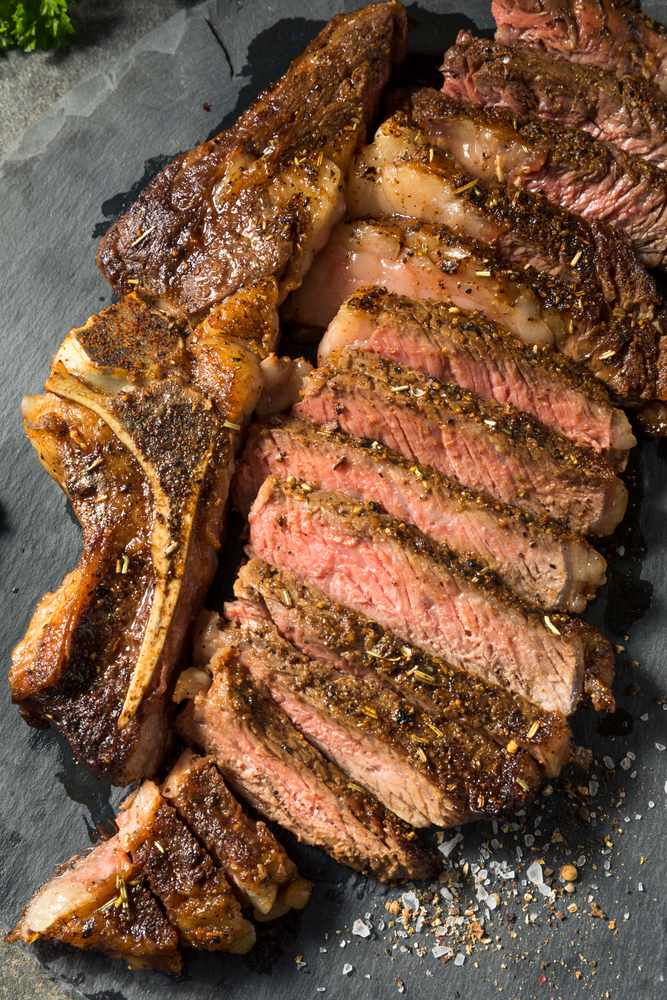
Key Takeaways
- The New York strip and ribeye are two popular cuts of steak.
- The New York strip is a leaner cut with a firmer texture, while the ribeye has a higher fat content and is more tender.
- Your personal preference and cooking method can influence your choice between the two.
Choosing between the New York Strip and the Ribeye is like picking between two titans of the steak world. Both cuts offer a unique taste experience that steak enthusiasts will savor.
The New York Strip, lean and tender, is known for its robust beefy flavor and slightly firmer texture. On the other hand, the Ribeye, marbled and juicy, brings a buttery richness that melts in your mouth, thanks to its generous fat distribution.
Ultimately, the best choice depends on individual preference.
